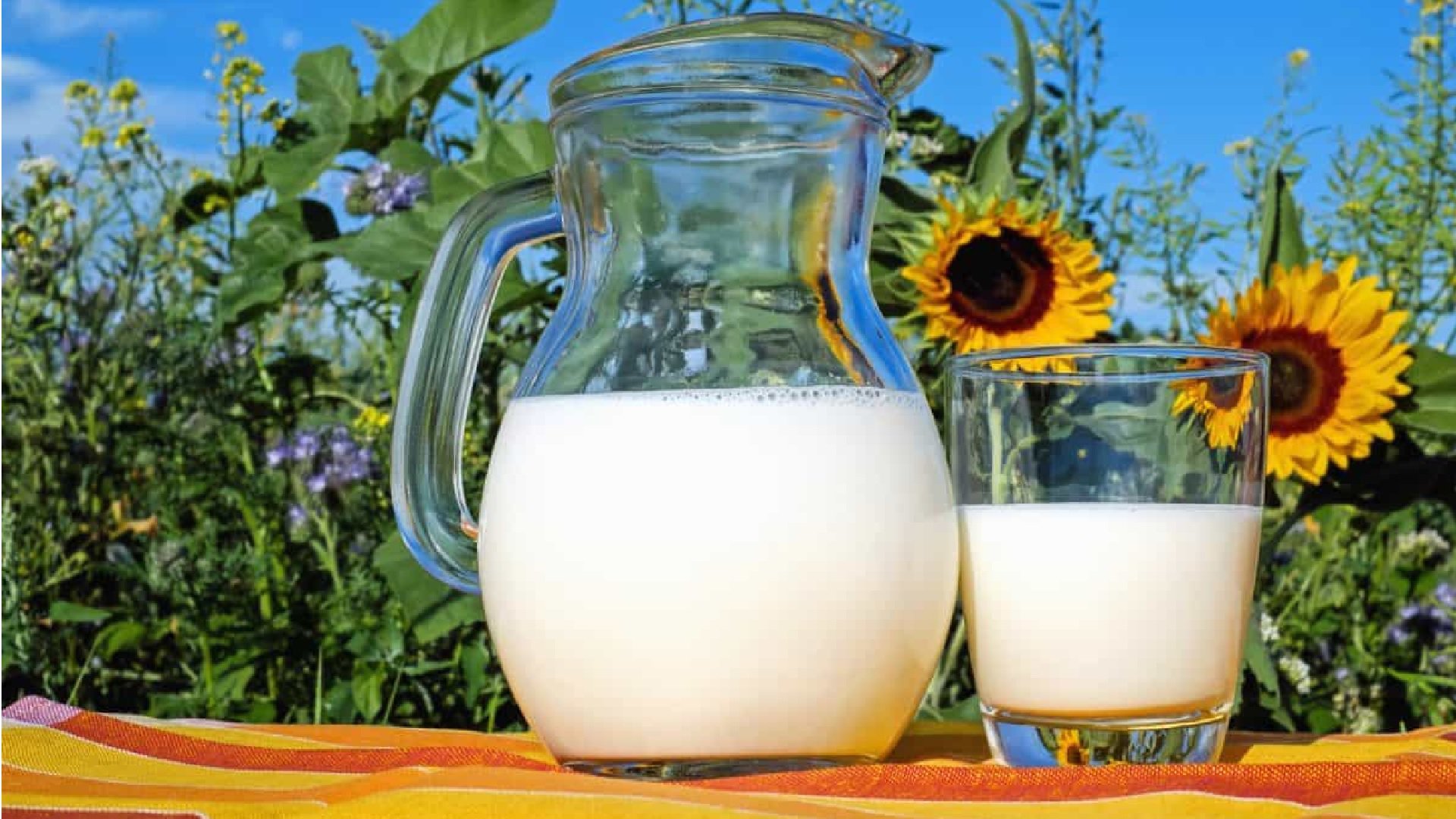Pasteurization is a process in which water or food is heated for a short period of time to eliminate harmful microbes. Pasteurization is named after the inventor of the process, Louis Pasteur (1822 - 1895).
Pasteurization is a process in which water or food is heated for a short period of time to eliminate harmful microbes. Pasteurization is named after the inventor of the process, Louis Pasteur (1822 - 1895).
Lower but longer
Pasteurization does not remove all microbes, in contradiction to sterilization. Pasteurization has the goal to reduces the number of microbes to a levels that is deemed safe, without altering the product too much. The goal is to conserve the product. This is why, in pasteurization, products are left at a lower heat for longer periods of time.
Shelf-stable milk
When it comes to pasteurization most people immediately think of milk. The pasteurization of milk can be carried out in two manners: high temperature/short time (HTST), and ultra-high temperature (UHT). Most milk is treated with the first method. The milk is heated to 72°C for 15 seconds. By evenly heating the milk to this temperature, the amount of microbes are reduced by a factor of 100.000 while still maintaining its flavor and structure. This is where UHT differs. In this process the milk is heated to 138°C for 2 seconds. This results in the elimination of almost all microbes present, but alters the taste. As HTST-pasteurize milk keeps up to 2 to 3 weeks when cooled, UHT-milk will keep up to 2 to 3 months.
Would you like to know more about different concepts within biology? Visit Microbiology from A to Z .

